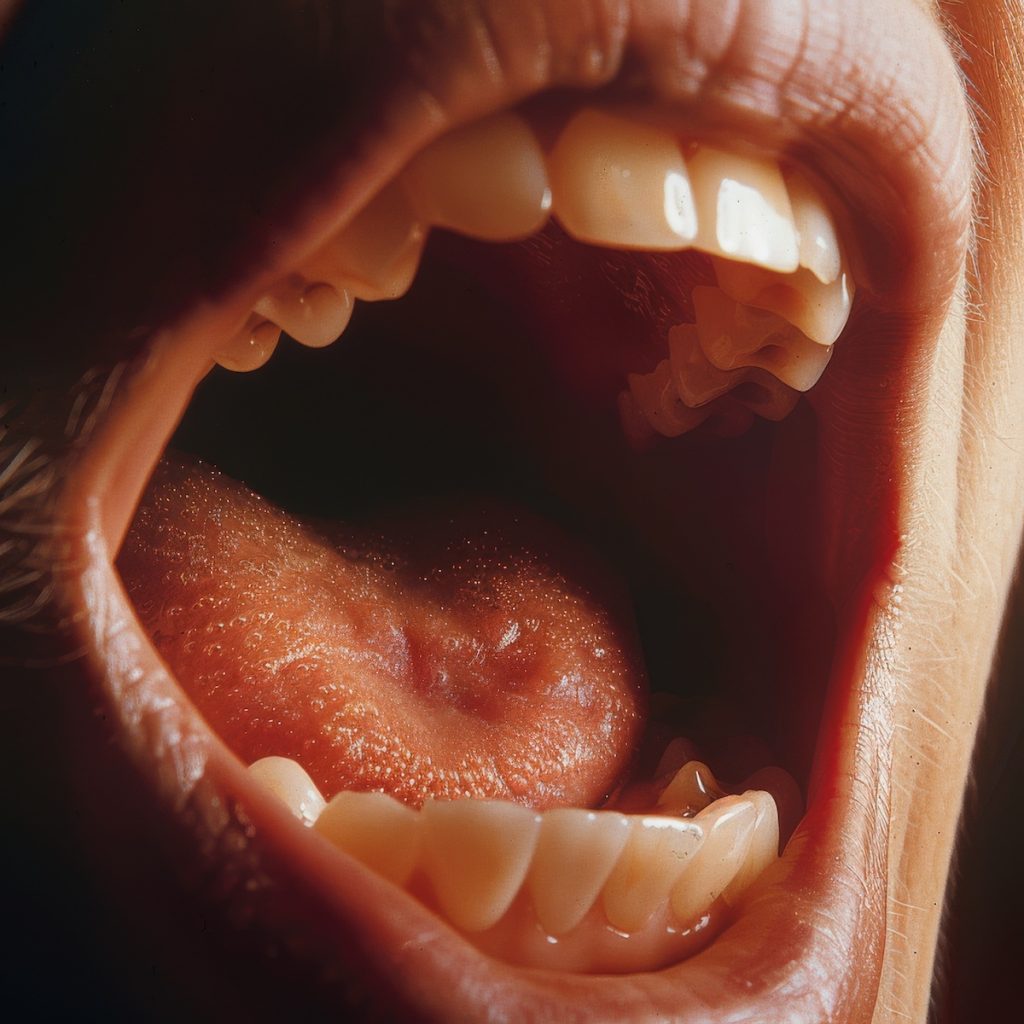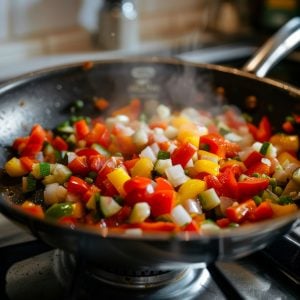How Do We Taste What We Eat?
Taste is one of those senses we take for granted – until we get a cold. Then, it seems that we can’t taste anything. How we perceive it is a complicated chemical process, and it is closely linked to the sense of smell. Further complicating the issue is the idea of flavor.
It is the information our taste buds can tell us about what we eat. It is only one aspect of a food’s flavor. Flavor is a composite profile based on its smell, mouth feel, temperature, and taste.
Remember the map of the tongue that your seventh-grade science teacher passed out to you in class? Remember the areas for sensing sweet, salty, sour, and bitter? Well, forget that.
It turns out that the entire tongue, upper palate, and even the inside of the cheeks have taste buds that can determine all of these flavors. While it is true that some areas of the tongue are more sensitive to certain tastes than others, the “tongue map” falsely leads people to believe that there is a strict differentiation among the different receptors, and this is not the case.
What About Those Bumps?
Many people think that the bumps on the tongue are the taste buds. This needs to be corrected. Taste buds exist in groups of 50-250 inside the little “bumps” on our tongues, called papillae. There are four different types of papillae, two concentrated towards the front half of the mouth and two towards the back of the mouth.
However, these four types of papillae do not indicate four discrete areas of taste. Although perhaps more sensitive to one taste over others, all taste buds can detect all basic tastes.
The tongue can detect five tastes: sweet, salty, sour, bitter, and umami (savory). While you are probably familiar with the first four, umami is a taste that is relatively new to the Western palate, although the Japanese have known about it for decades. Umami is based on the detection of glutamate.
Many foods, including the seaweed on which some Japanese broths are based, naturally contain glutamate. You have probably heard of “MSG monosodium glutamate,” which is the lab-derived chemical that enhances tastes”it makes things taste more like what they are; while umami is a taste that is hard to define, it is sometimes described as “meaty.”
What Happens When We Eat Something?
Here is what happens when we eat something. First, we must smell – whether as a conscious deep sniff before eating or just as scents waft up our nasal passages. Smell triggers an increase in saliva production in the mouth and a low-level increase in digestive acid production in the stomach. This prepares us to taste and digest our food. To taste anything at all, foods must be dissolved. Try putting a bit of food on your dry tongue. You won’t taste a thing.
Once food enters the mouth, its chemical components reach the taste buds. Some taste buds react most to sodium ions, and you will taste “salt”. Others react mostly to sugars, acids, alkaloids or glutamates in the food, resulting in tasting “sweet,” “sour,” “bitter,” or “umami.”
Studies show that humans are hard-wired to like specific tastes and to reject others, most likely for survival. Sour and bitter tastes can indicate bad, underripe, or even poisonous food, while sweet, salty, and savory tastes indicate “good” foods.
A sweet taste indicates foods that can give us energy.” Infants crave sweet foods, and lactose in milk is sweet. A salty taste indicates foods that can help us replace electrolytes lost through sweat or urination, and savory tastes can lead us to foods containing amino acids that the body needs.
Why Do Some Foods Taste Bad
Some things taste bad to us because of our biology and personal experiences. Our taste buds detect five primary flavors: sweet, sour, salty, bitter, and umami. Bitterness often signals toxins in nature, so our bodies instinctively avoid it. Sourness can indicate spoilage, triggering a negative response.
Personal experiences also play a significant role. If you associate a flavor with a bad memory, you may dislike it. Genetics can make some tastes more intense for certain people. For example, some find cilantro soapy due to a genetic variation. Culture and upbringing shape our preferences, too. Foods you didn’t grow up eating might seem strange or unpleasant.
Taste is complex. It involves the tongue, nose, brain, and emotions. What tastes bad to one person might taste amazing to another.
Taste Versus Smell
Humans recognize only five tastes, but we can recognize thousands of smells. How the brain combines tastes with smells, temperature, and mouth feel creates our perception of “flavor.” As much as 85% of the perception of taste comes from the sense of smell.
Smells travel to the brain in two ways: up through the nostrils as you bring food to your mouth and again through the “back door” once the food is in the mouth, as some smells make their way up to the scent receptors through the pharynx.
While vanilla ice cream and apple pie register as “sweet” on the tongue, their flavors differ because their smell, mouth feel, and temperature are processed simultaneously as they taste. The result is ice cream’s flavor versus apple pie’s flavor.
When “smell” is taken out of the equation and mouth feel and temperature are similar, it is no wonder that an apple and an onion “taste” the same.













6 Responses
Thanks for the in-depth information here. I subscribed to your blog and I look forward to more of your writing. 🙂
After my dental patial broke, my dentist made a new one of a different style. The problem is that it goes over my gums and part of the roof of my mouth. As such, food does not taste right now. Are there taste buds in the roof of the mouth and/or gums?
Interesting question. Acording to Wikipedia, “They are located around the small structures on the upper surface of the tongue, soft palate, upper esophagus and epiglottis, which are called papillae”.
Now that’s a mouthful! Sorry couldn’t resist. If you do a search for “taste buds” you will find more than you could ever hoped to learn about this subject. – RG
Do you taste better if you chew with your mouth open?
I have no idea Debbe but if you do, no one is going to want to eat with you. 🙂 – RG
I thought I was a smart guy I realized that when I held the breath coming out my nose and noticed that I can only taste my food was salty until I breathed out my nose then I finally got the sensation of taste that’s why I looked this up lol I should of known this was all ready known by scientists .
i read u description but i would like to how to do know Indian to get flavor and taste to serve good food for costumer
i have learned a lot because i did not know that taste buds were in a whole different system because they r not the bumps on your tongue they r inside the bumps